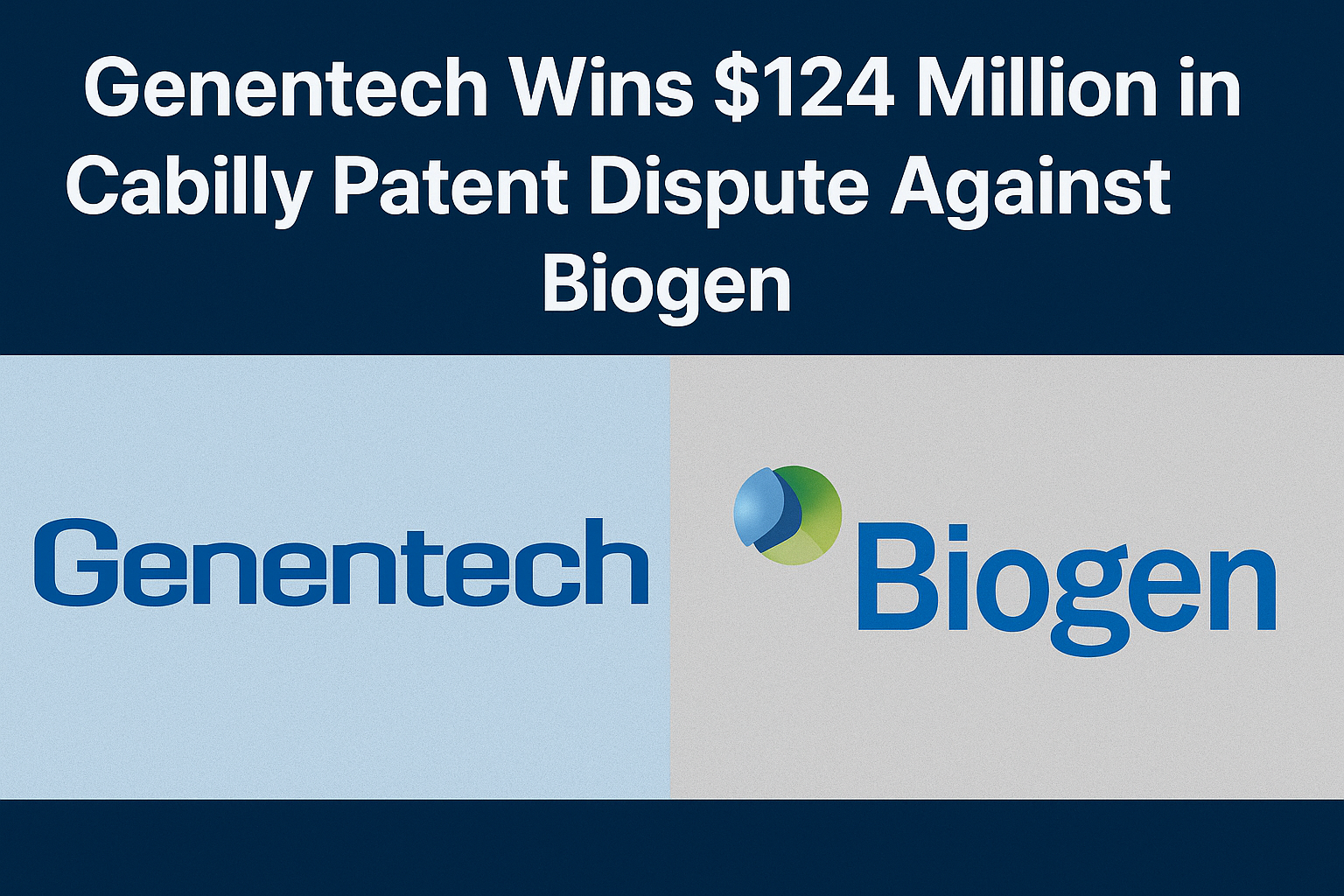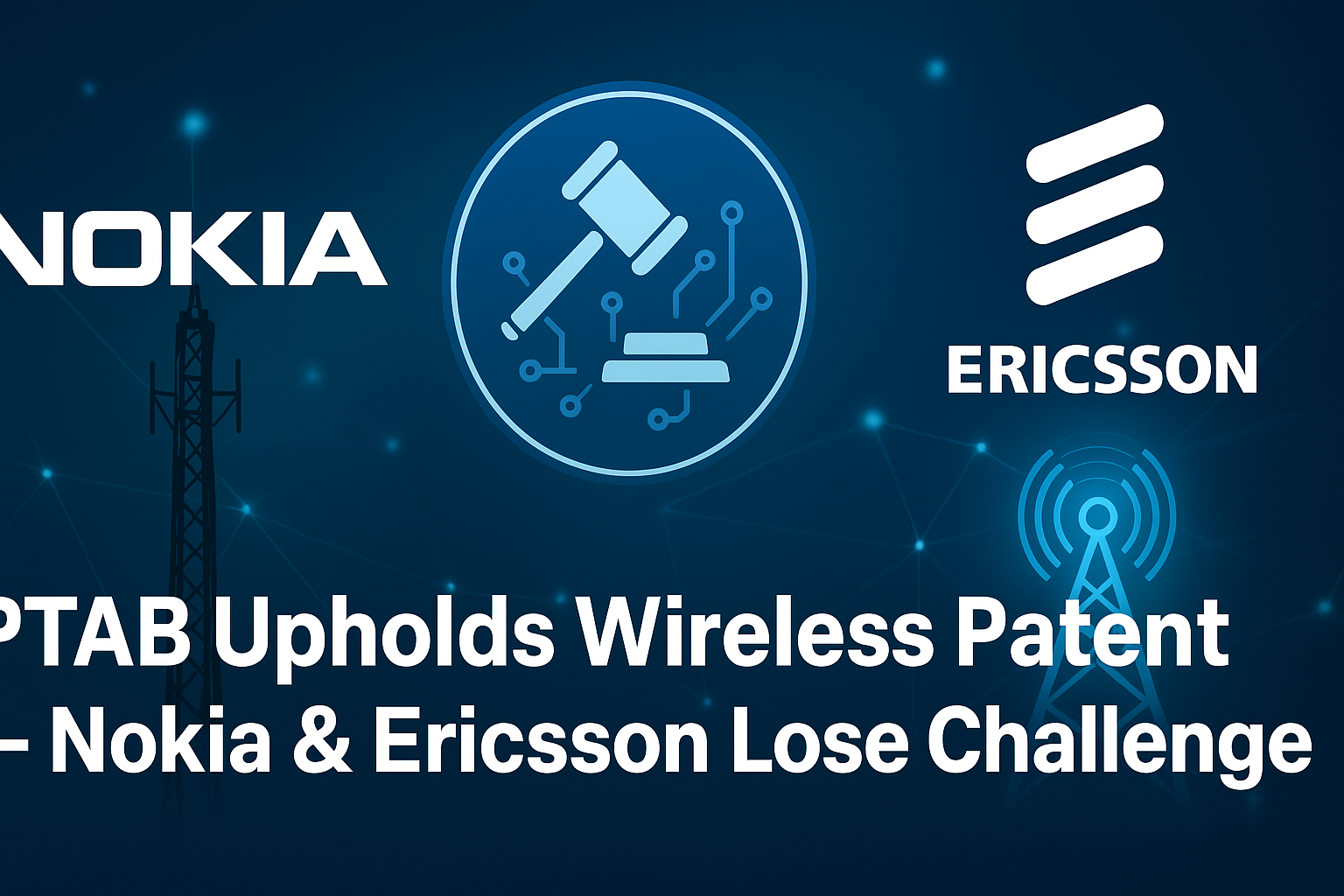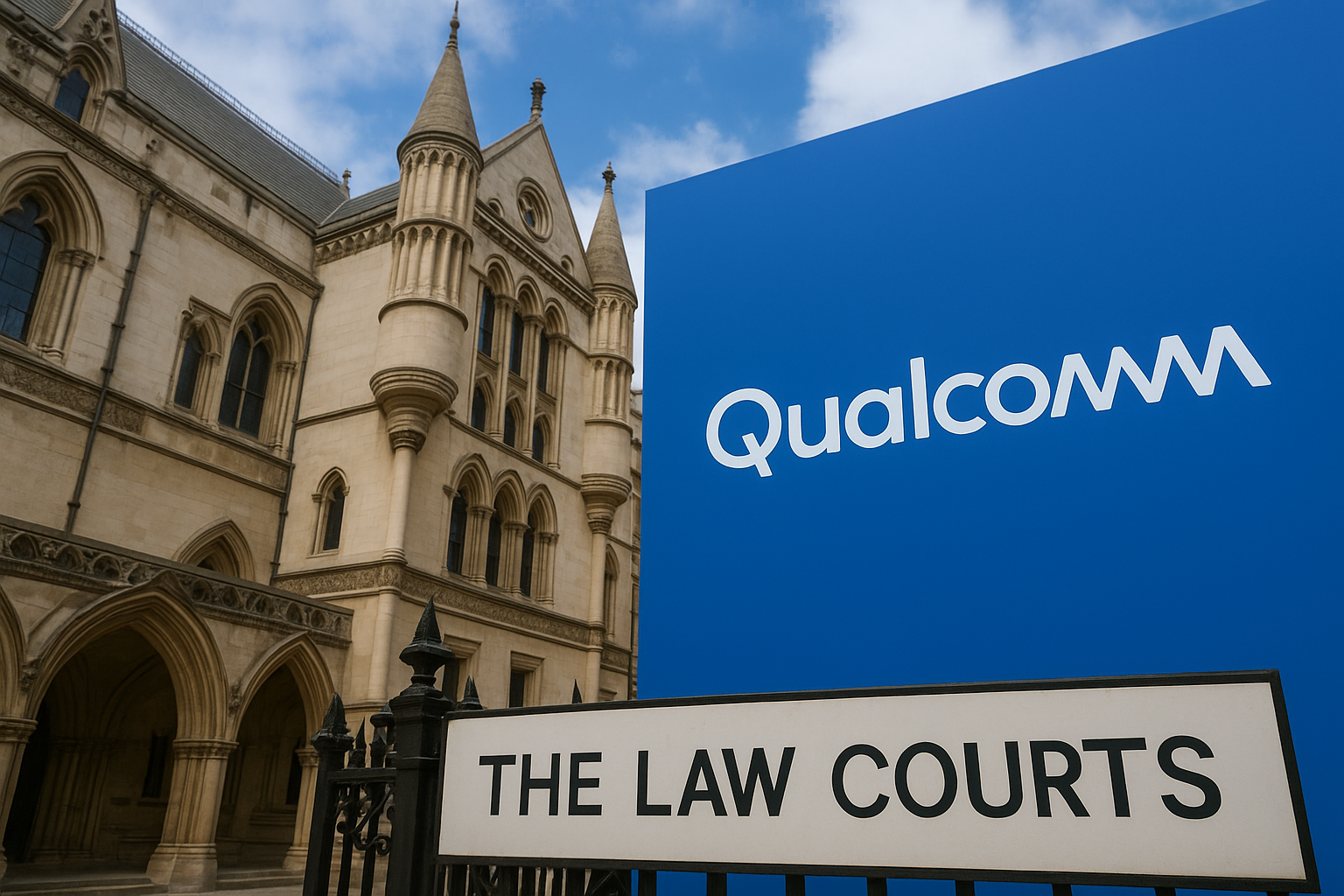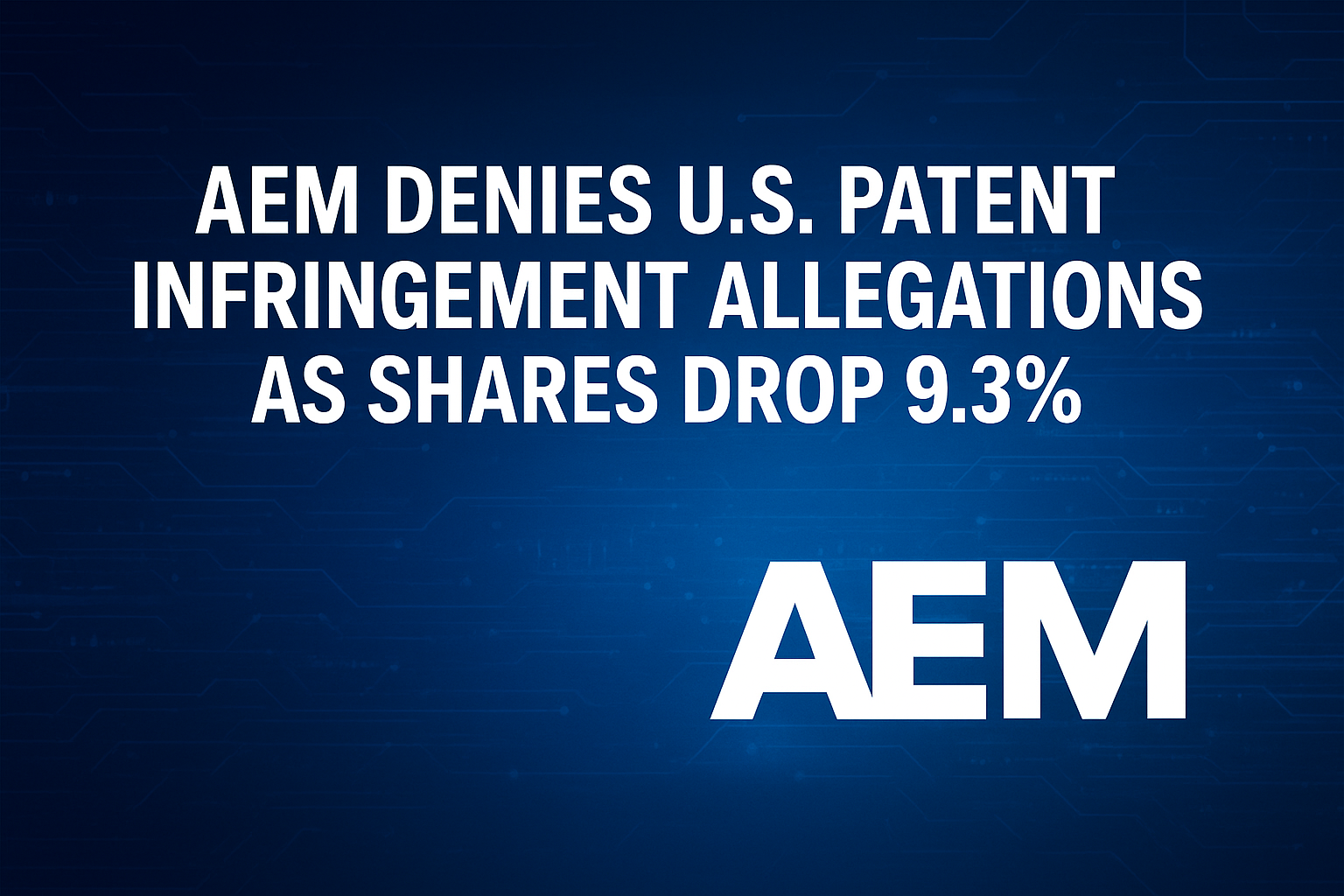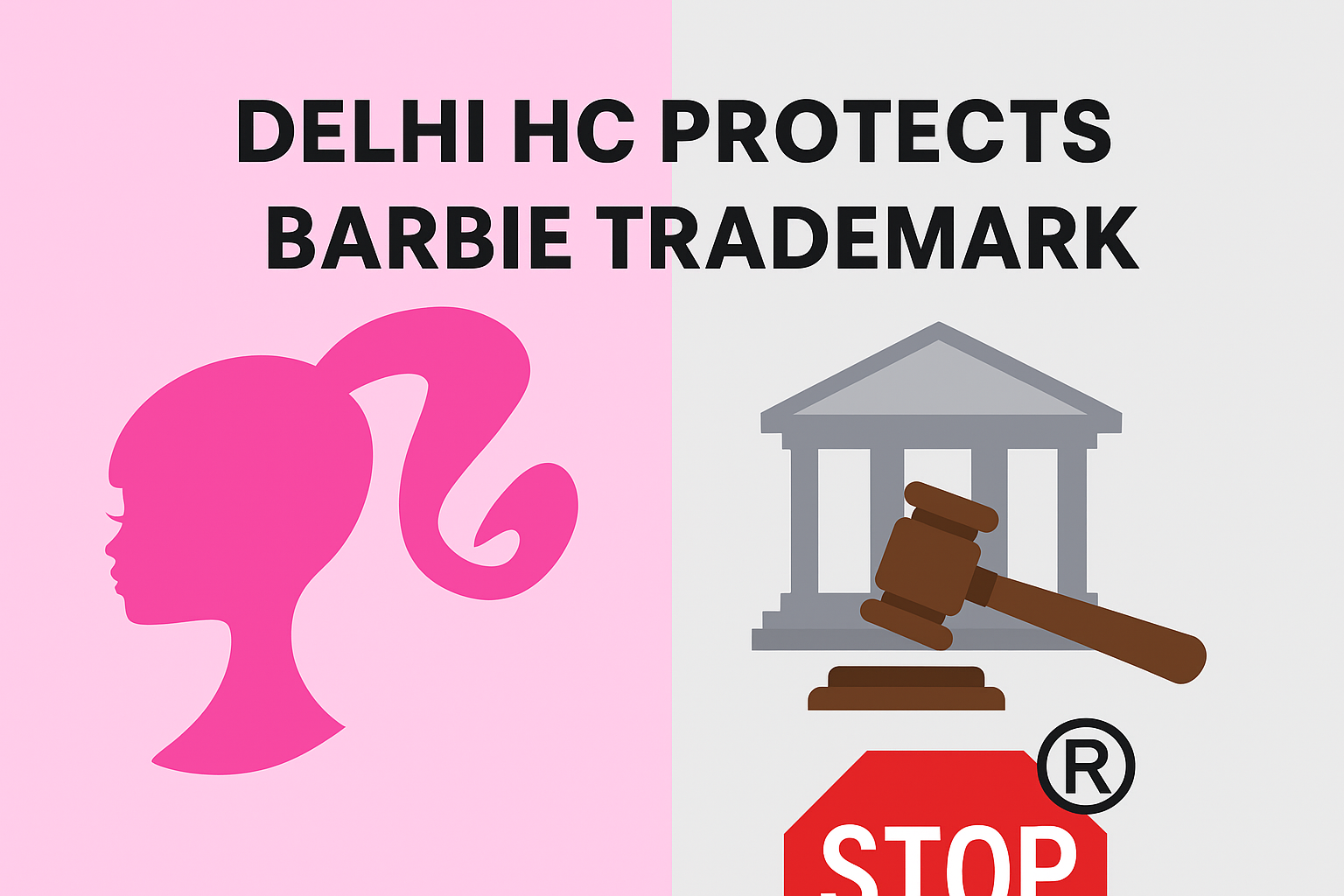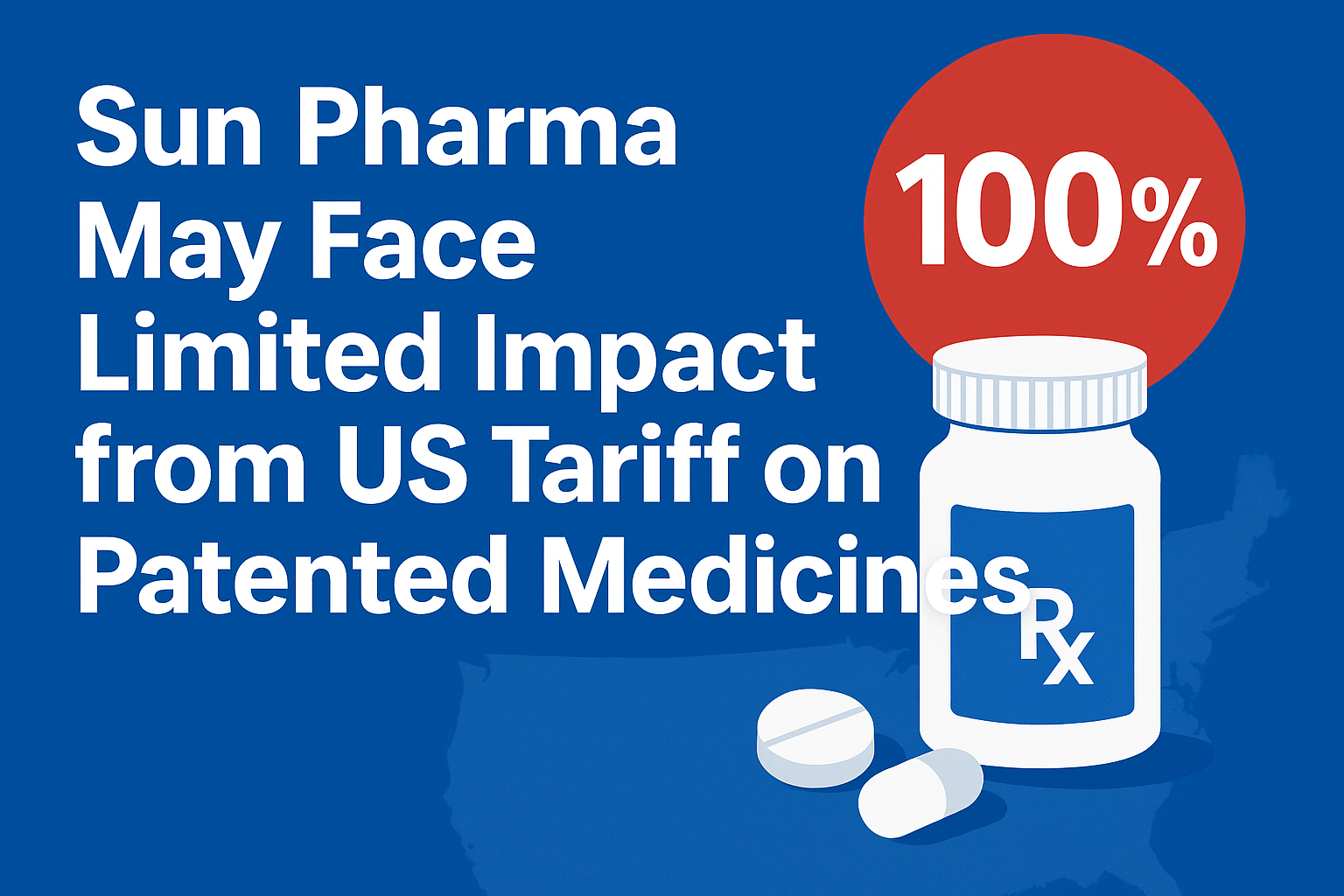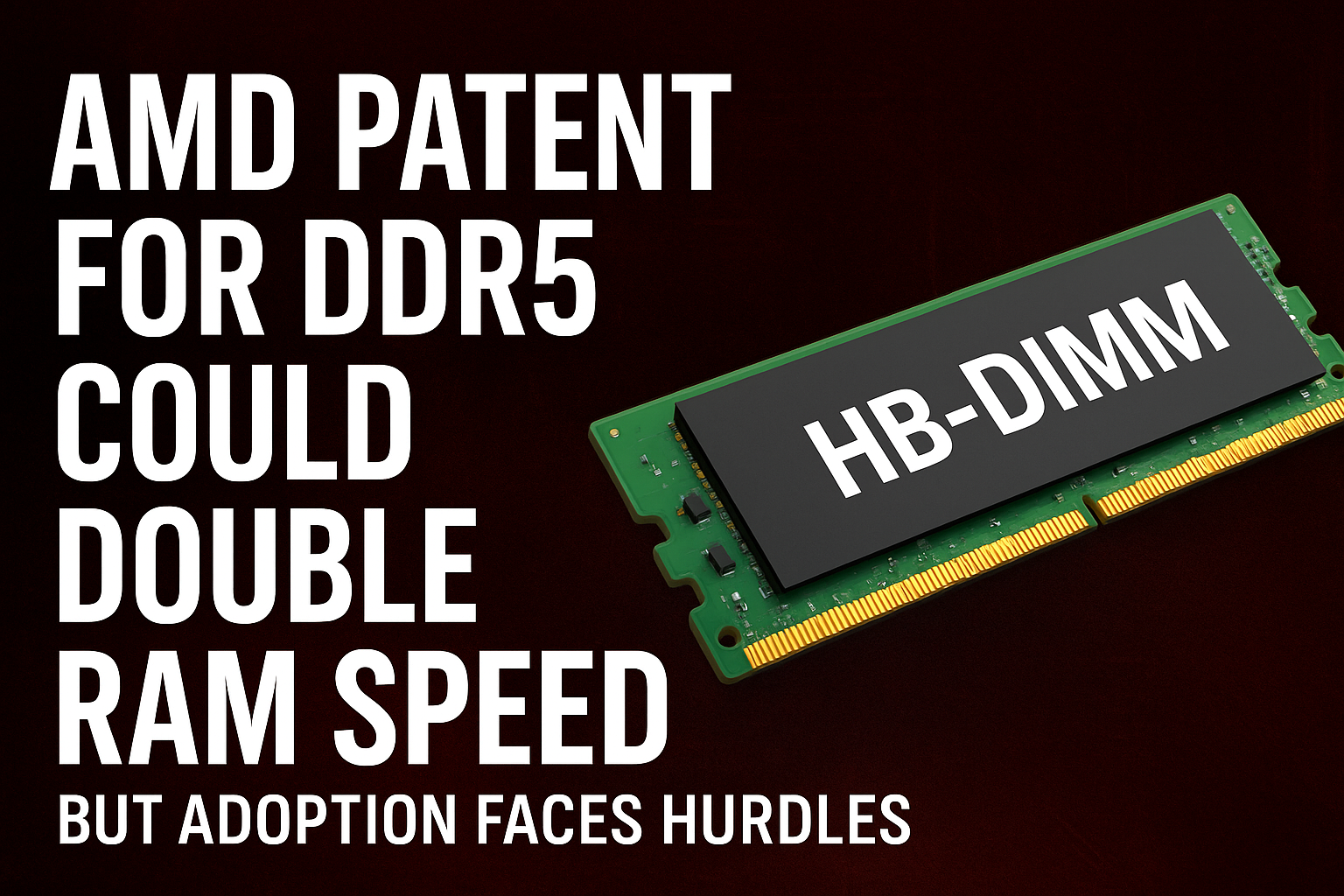The new system could replace “Hey Google” with silent, face-based activation for faster and more natural AI interactions.
Google has filed a new patent for a face-detection technology designed to make its Gemini AI assistant activate automatically when a user’s face comes near the device. The innovation could eliminate the need for voice hotwords such as “Hey Google” and deliver a smoother, hands-free experience.
How the system works
The patent describes a method that uses capacitive sensors built into modern touchscreens. These sensors measure small changes in electric fields. When a face or mouth moves close to the screen, it alters the field in a recognizable way. The device can then identify this “face-near” signature and activate Gemini for a short listening window.
Unlike camera-based recognition, this approach does not rely on capturing or storing facial images. Instead, it detects proximity, ensuring faster response and lower power consumption. The patent shows that the feature can run continuously in the background without draining the battery or compromising user privacy.
Benefits for users
The new technology could make AI access more natural. Users will no longer need to say “Hey Google” or press any button. They can simply lift the phone or move closer to the screen and speak directly to Gemini.
This hands-free method could also perform better in noisy environments, where voice triggers often fail. It might prove especially useful when users are wearing masks or in situations where speaking the wake phrase is inconvenient.
A step toward ambient AI
Google’s patent aligns with its vision of ambient computing — a world where AI assistants operate seamlessly in the background. The Gemini model already powers smarter responses and generative capabilities across Google’s ecosystem. Adding face-proximity activation could make interactions even more effortless.
The system could later extend to other devices such as smart glasses, smart speakers, or in-car displays, allowing Gemini to recognize intent through presence rather than speech.
Privacy and control
Although the feature detects faces, it does not identify individual users. The system focuses on sensing movement and proximity, not identity. However, experts say Google will need to offer strong privacy controls and opt-out options when rolling out the feature. Users will expect transparency about what data is processed and how it is stored.
Challenges and concerns
Like any sensor-based system, false triggers are a risk. The assistant might activate accidentally if a hand or another object moves near the screen. The patent mentions using machine-learning filters to reduce such errors over time.
Battery optimization will also be important. Even though capacitive sensing uses less power than microphones or cameras, continuous background operation still requires efficient software design.
Patent does not guarantee release
Google’s filing does not confirm that the feature will appear in upcoming devices. Companies often patent experimental technologies to secure intellectual property before commercialization. If implemented, the face-detection trigger could debut in future Pixel smartphones or as a Gemini feature update within Android.
Conclusion
Google’s face-detection patent hints at a future where AI assistants respond intuitively — without wake words or button presses. The approach combines convenience, speed, and lower energy use. Still, its success will depend on accuracy, privacy protection, and user trust.
If brought to market, this innovation could redefine how people interact with their devices and move one step closer to truly context-aware artificial intelligence.


